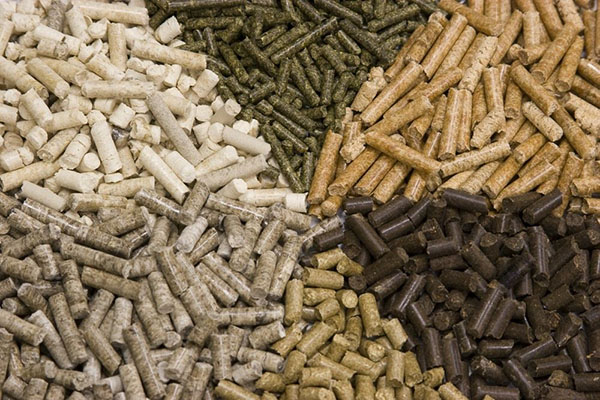EU demand for compound feed expected to lower in 2022

According to a news report from FEFAC, the European Feed Manufacturers’ Federation, EU compound feed production (EU27) for farmed animals in 2021 is estimated at 150.2 million tonnes, an increase of 0.03 % compared to 2020. Except for the pig feed sector, all other sectors managed to stabilise or slightly increase their production despite the continuing COVID-19 pandemic, global grain market rally, supply chain disruptions and spread of animal diseases in 2021.
Following the 2021 EU critical pig meat situation, facing challenges of reduced meat demand in key export markets (sanitary import ban and Asia-Pacific’s recovery from ASF), high costs for feed grains, the impact of African swine fever (ASF) and significantly increased 2020 production, the pig feed production decreased by -1.5% in 2021. The countries most affected were Germany, France, Portugal, Spain, Austria, Slovenia and Hungary. The Netherlands and Belgium have continued depopulation of their pig herds in order to lower agricultural environmental emissions.
The EU poultry feed sector managed to increase its production by 1.1% compared to the previous year, recovering partially from losses linked to COVID lockdown measures in 2020. Ireland, Spain, Italy Portugal, Austria, Finland and Romania enjoyed growth of more than 5% while a decrease was reported in Germany, France, Belgium, Sweden, Poland and Lithuania mainly due to high costs of raw materials (farmers not starting a new cycle/rotation), avian influenza and flat or reduced retail prices for eggs impacting the poultry sector.
Cattle feed production slightly increased by 0.2% compared to the previous year due to a higher increase in production in Ireland, Bulgaria and Austria (+6%) following a severe drought impacting grass growth. In Italy and Czech Republic dairy farmers decided to buy industrial compound feed rather than mixing their feed on farms, reacting to high costs for raw materials.
Looking at the market outlook for 2022, the EU pig and poultry sector are expected to reduce their activities due to the high cost of feed materials, lower market demand and expanding avian influenza (AI) outbreaks in several countries. Hence, FEFAC members’ estimates a decrease by –4.2% for pig feed and –3% for poultry feed. The cattle feed production is expected to decrease by –1.6%. Overall, the industrial compound feed production is estimated to decrease by –2.9% (4.3 million tonnes) compared to 2021. However, market uncertainties remain very high due to ongoing Russian aggression in Ukraine. The immediate loss of feed maize, sunflower meal and other feed materials from Ukraine and Russia could only be partially compensated by increased feed imports, mainly from the US and Canada. Key logistical challenges are persisting on how to move existing grain stocks out of Ukraine and will continue to impact market availability in the new marketing year.
Key market drivers that could weigh in against demand for compound feed in 2022:
- The continued spread of animal diseases (AI & ASF)
- Economic uncertainties mainly linked to war in the Ukraine
- Farm-gate prices for animal products below costs price
- Other EU policy decisions (pressure on lowering GHG and other emissions, welfare policy & deforestation-free supply chains)
- Disruptions in supply chain due to Covid (restrictions in China impacting export of additives and other feed ingredients)
Read also
Wheat in Southern Brazil Impacted by Dry Weather and Frosts
Oilseed Industry. Leaders and Strategies in the Times of a Great Change
Black Sea & Danube Region: Oilseed and Vegoil Markets Within Ongoing Transfor...
Serbia. The drought will cause extremely high losses for farmers this year
2023/24 Safrinha Corn in Brazil 91% Harvested
Write to us
Our manager will contact you soon



